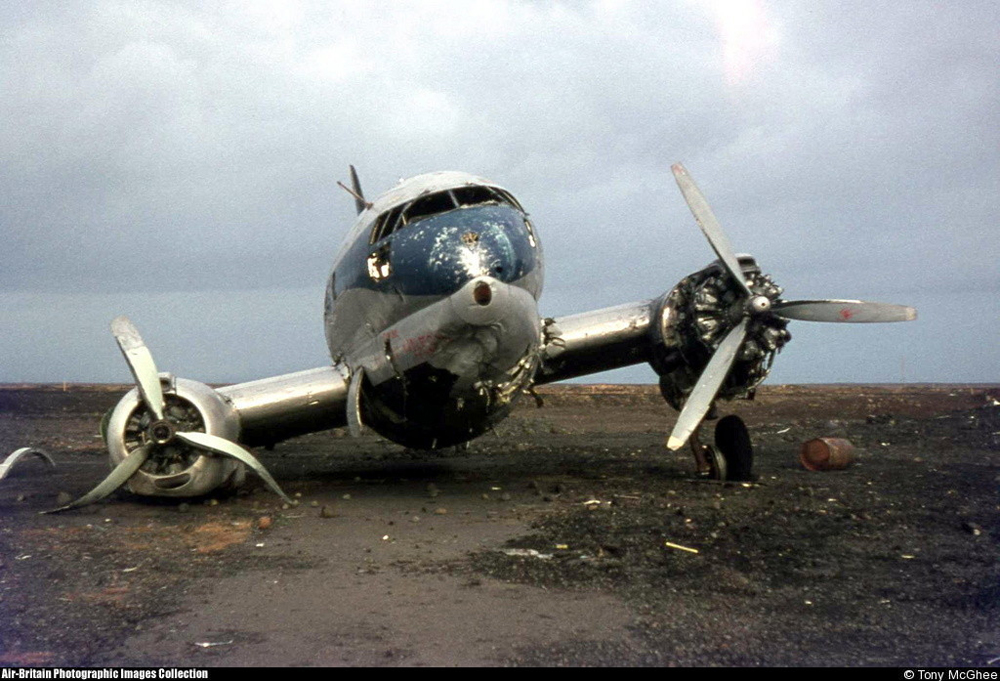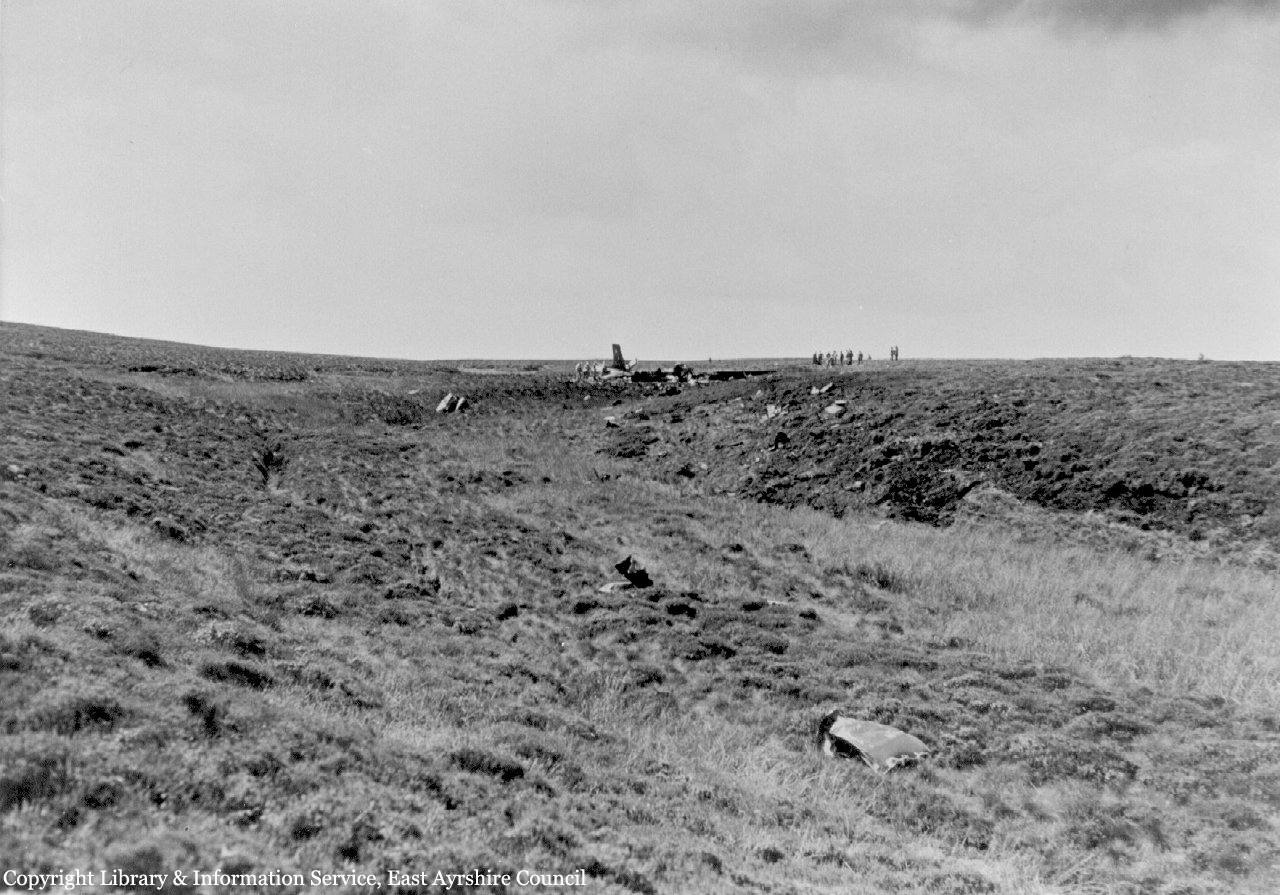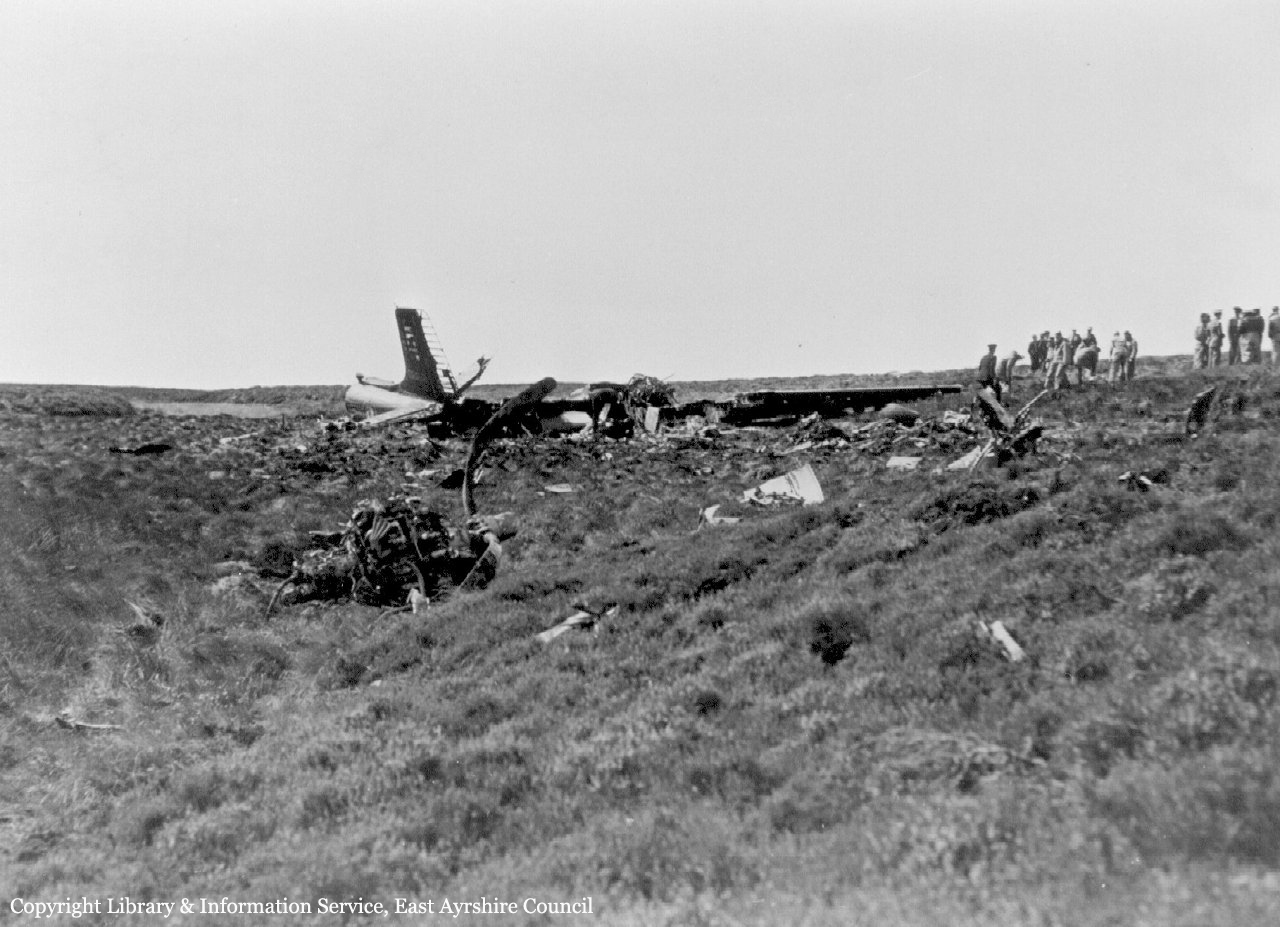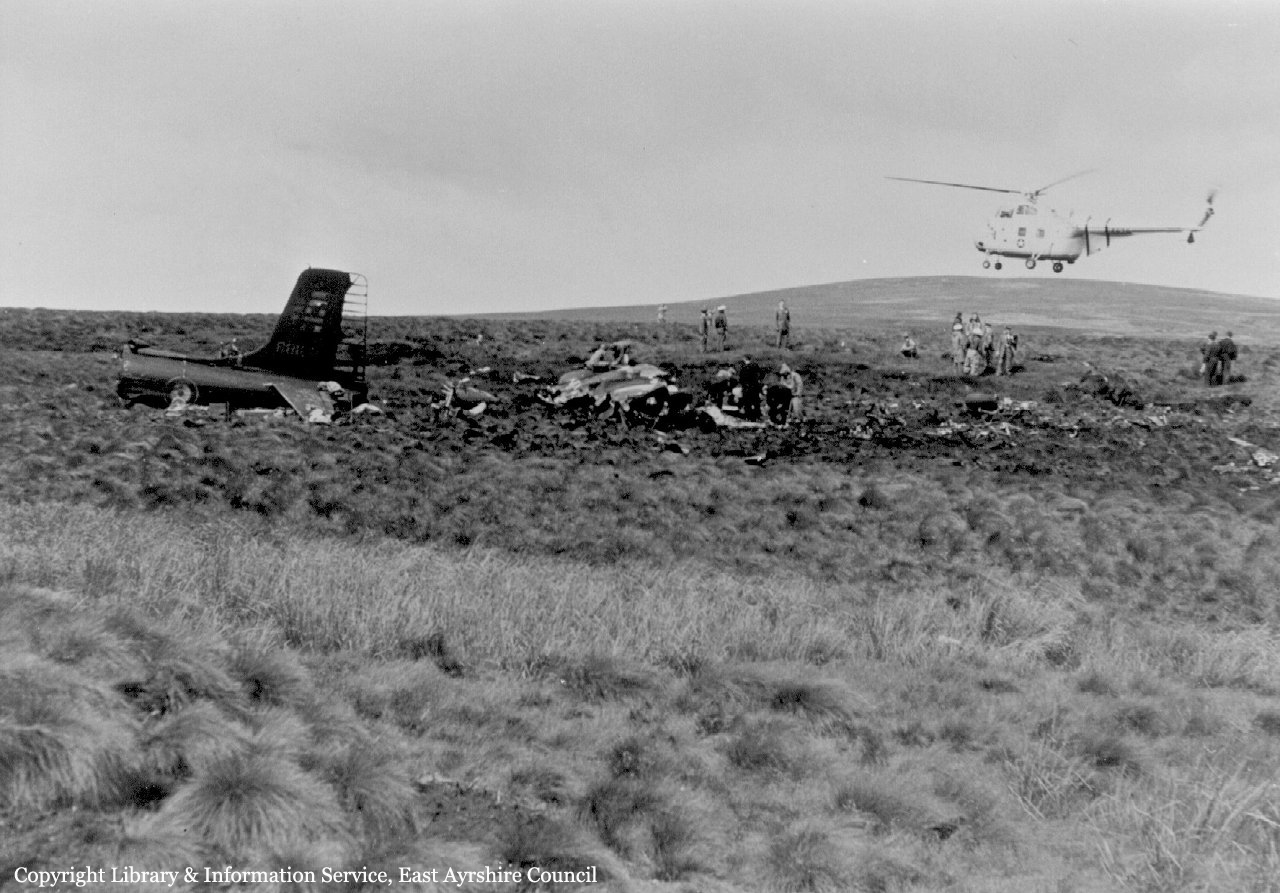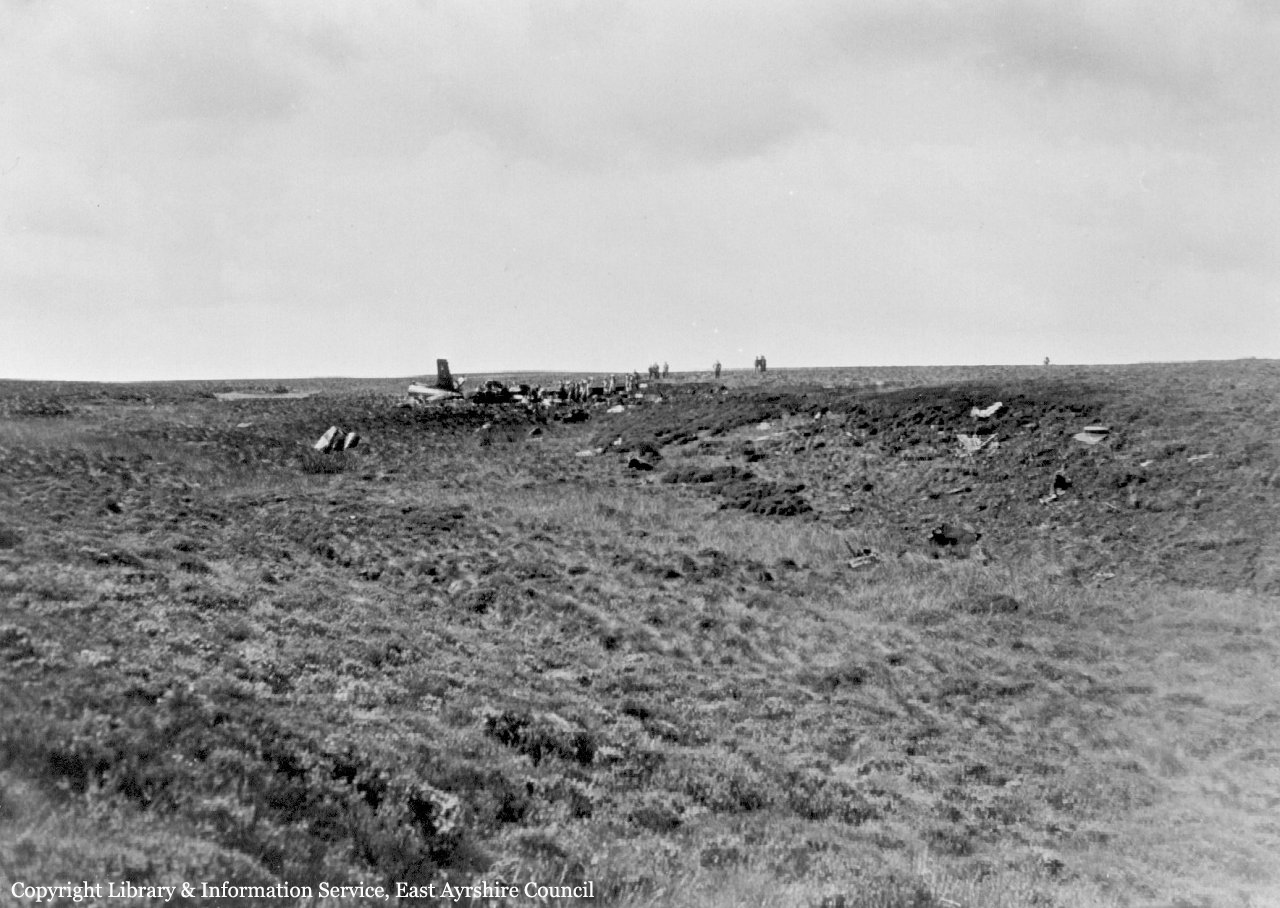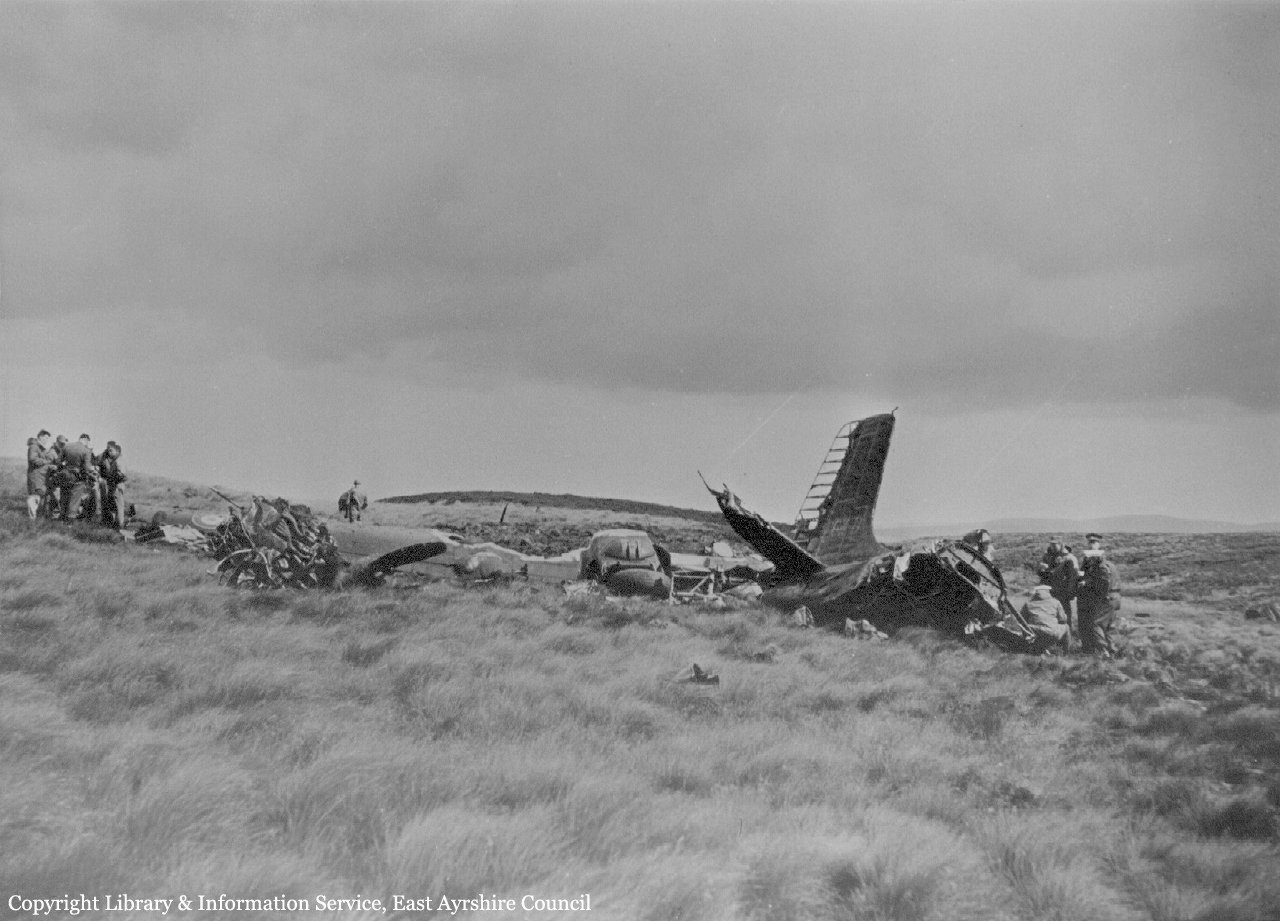Crash of a Curtiss C-46F-1-CU Commando in Keflavik
Date & Time:
Nov 19, 1966 at 1120 LT
Registration:
N68966
Survivors:
Yes
MSN:
22492
YOM:
1945
Crew on board:
2
Crew fatalities:
Pax on board:
0
Pax fatalities:
Other fatalities:
Total fatalities:
0
Circumstances:
Prior to takeoff from Keflavik Airport, the crew completed a taxi run at a too high speed of 50 knots to blow snow from the wings. Then the crew started the takeoff procedure but shortly after liftoff, the airplane rolled to the left. Full right rudder and aileron failed to stop the roll, so the power was cut off on the right engine. The aircraft touched down and ran off the left side of the runway. The right main gear ran into soft dirt and folded back. While both crew members were unhurt, the aircraft was written off.
Probable cause:
Poor flight preparation on part of the flying crew who failed to remove snow and other contaminants prior to takeoff.
Final Report:

